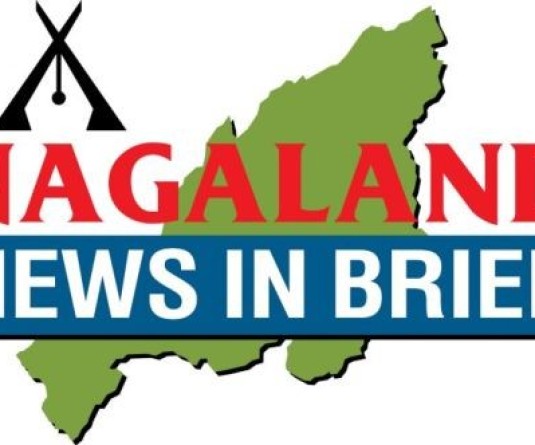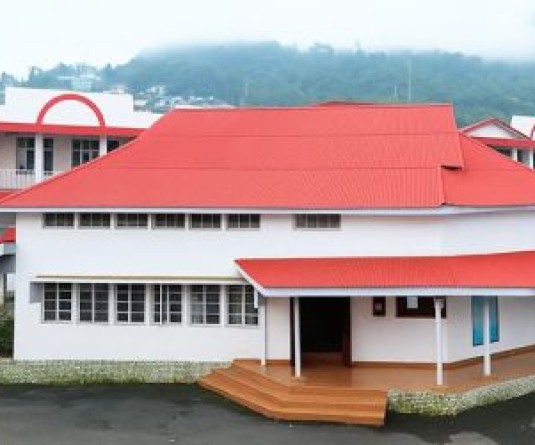
Dept projects a requirement of Rs 5400 to cover expenses over next 5 years
imkong Walling
Dimapur | February 6
The Department of Power Nagaland (DoPN) has proposed a hike in energy tariff, once again. The DoPN submitted its annual “Tariff Proposal” for revising the existing electricity tariff to the Nagaland Electricity Regulatory Commission (NERC), for the financial year 2025-26, on December 17, 2024.
The proposal was submitted alongwith the “Aggregate Revenue Requirement” (ARR) for “5-Year Multi Year Tariff” (MYT). The DoPN subsequently publicly notified the same, as published in the news, on January 30, inviting suggestions and objections from the consumers before February 10, 2025.
The Electricity Act of 2003 requires that tariff revisions proposed by the power distribution companies are subjected to public review before it is evaluated by the state electricity regulatory commissions. In Nagaland’s case, the distributor is the DoPN.
The public review takes place in the form of the regulatory commissions taking the opinions of the consumers.
In Nagaland, the process generally culminates with a public hearing, conducted by the NERC in its office, around the end of each financial year. Members of the public or consumers are at liberty to attend and express their opinions at the hearing, to the tariff revision proposed by the DoPN.
Tariff proposed
If the latest tariff revision proposed by the DoPN is approved by the NERC, electricity would cost upto 5 percent more across all consumer categories. See tables for a comparative assessment of a select list of categories.
In the domestic postpaid category, which account for the major bulk of consumers, the department has proposed a hike of around 5 percent. To put it into monetary figures, a ‘Domestic’ consumer that was paying Rs 1987.5 for 300 units a month, as per the prevailing 2024-25 tariff, would have to pay Rs 2087.5 for the same quantum of consumption in 2025-26.
‘Bulk’ category consumers would have to pay Rs 2280 for 300 units as opposed to Rs 2175 in the prevailing regime. Consumers living in rented apartment buildings, who share an independent or private distribution transformer, are clubbed under the ‘Bulk’ category.
For comparing the prices in these two categories, 300 units were set as the basis.
Consumers clubbed in the Industrial postpaid category, that were paying Rs 44,325 for 6000 units a month, would have to pay Rs 46,700.
The aforementioned figures do not include the street lighting and metre rental charges that are billed to consumers of Domestic, Commercial, Industrial and Bulk categories.
In the domestic, industrial and commercial postpaid categories, a progressive, or tiered, tariff framework is applied like in the income tax regime. It is also known as telescopic billing, where the rate per unit gets pricier as consumption increases. For instance, the energy charge increases progressively with each slab/tier crossed— higher will be the rate per unit in the next higher slab. In the rest of the categories, including the prepaid consumers, a flat rate is applied. Refer the table for prepaid tariff.
As can be noted from the tables, prepaid as well as postpaid consumers clubbed in the ‘Commercial’ category are served the highest rate. If the DoPN proposal for 2025-26 is approved, the prepaid commercial and domestic categories would witness a 22 and 21 percent jump since 2019-20.
The domestic prepaid and postpaid would see a 21 and 19 percent increase, respectively.

For a detailed breakup of the ARR and tariff proposal, refer the Public Notice from the DoPN published on January 30, 2025.
ARR
As per the ARR projection, the DoPN has to generate almost Rs 5400 cr to cover its expenses over the next five years— 2025-26 to 2029-30. The expenses include power purchase and generation costs, operations, maintenance, employees’ wages and so on. From a requirement of Rs 944.24 cr for 2025-26, it is projected to rise to Rs 1200.87 cr in 2029-30. (See Table)
ARR Projection

Aggregate Revenue Requirement (ARR) refers to the total amount of revenue a power distribution company needs to generate in a given financial year to cover all its operational costs, including but not limited to power purchase, maintenance, staff salaries and planned investment. Essentially, it is the total amount they need to earn through electricity tariffs to break even.
Tariff proposal refers to a plan outlining the proposed pricing structure for electricity supply to consumers, detailing how much they will be charged per unit based on factors like consumption level and type of consumer.






